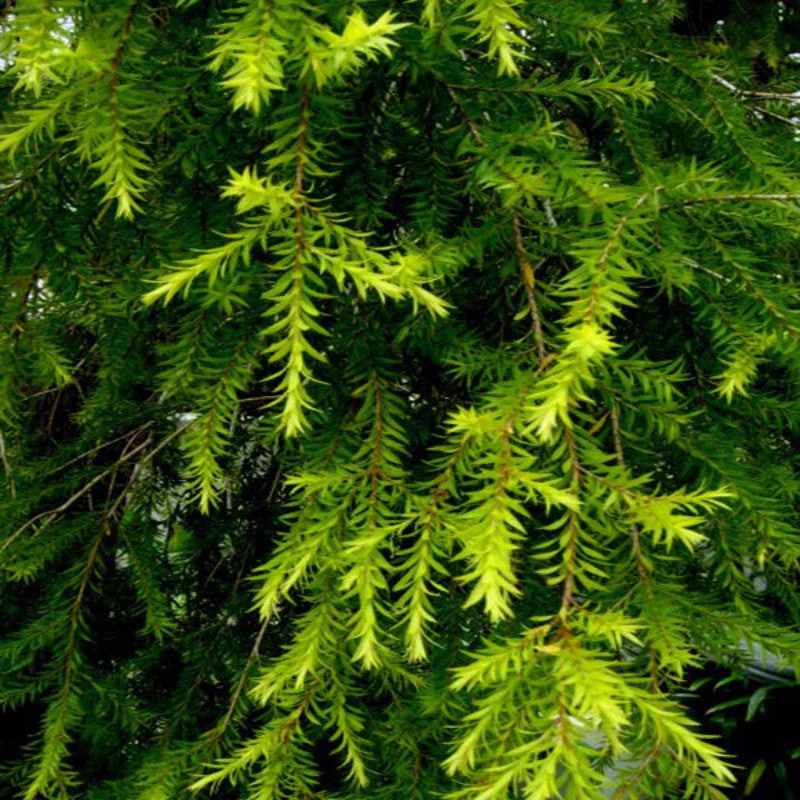Bottel brush
common name :- Bottel Brush
scientific name :- Callistemon
family :- Myrtaceae
Description :-
Flowers: The most striking feature of bottlebrush trees is their unique flowers. These flowers are cylindrical spikes made up of numerous small, densely packed individual flowers. The spikes can vary in color, including shades of red, pink, yellow, and white.
Foliage: The leaves of bottlebrush trees are typically narrow and pointed, similar to the leaves of pine trees. They are usually dark green in color and can add to the overall aesthetic appeal of the plant.
Growth Habit: Bottlebrush trees can range in size from small shrubs to medium-sized trees, depending on the specific species and how they are cultivated. Some species can grow up to 10 to 15 feet in height.
Attractiveness to Wildlife: The unique flowers of bottlebrush trees are known to attract nectar-feeding birds, particularly hummingbirds and honeyeaters. This makes them a popular choice for gardens and landscapes where people want to encourage wildlife.
Cultivation: Bottlebrush trees are well-suited for warm climates and can thrive in a variety of soil types. They generally prefer full sun or light shade and can tolerate some drought once established. Proper pruning can help maintain their shape and encourage healthy growth.
Varieties: There are several species and cultivars within the Callistemon genus, each with its own unique characteristics in terms of flower color, size, and growth habit. Some popular species include Callistemon citrinus, Callistemon viminalis, and Callistemon sieberi.


